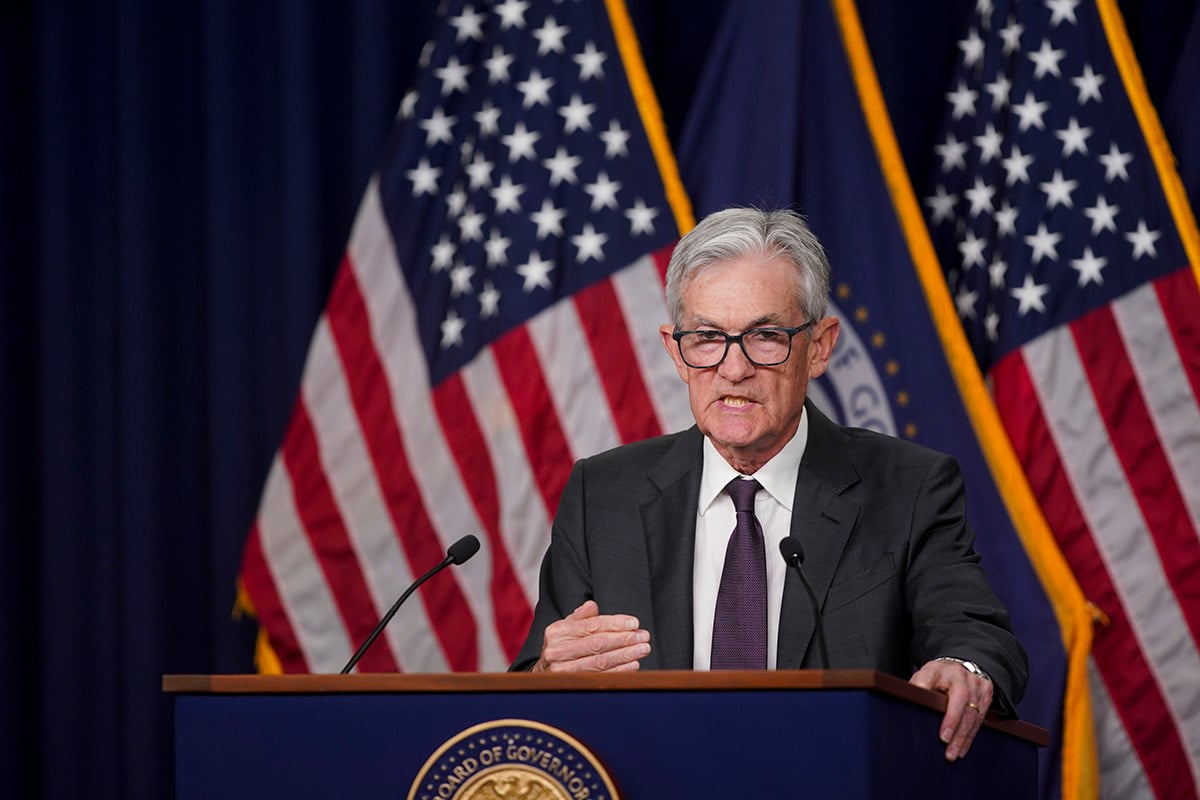The recent selloff in global markets has been largely associated with the what's going on in China (the yuan devaluation, the Shanghai Composite plunge, the slowing growth). But Deutsche Bank's FX Strategist George Saravelos pinpoints Chinese “quantitative tightening” as the key factor to watch.
Here's Saravelos explaining that, basically, China built up reserves just like the Fed did in recent years, and the world has to contend with that reversal:
Why have global markets reacted so violently to Chinese developments over the last two weeks? There is a strong case to be made that it is neither the sell-off in Chinese stocks nor weakness in the currency that matters the most. Instead, it is what is happening to China's FX reserves and what this means for global liquidity. Starting in 2003, China engaged in an unprecedented reserve-accumulation exercise buying almost 4trio of foreign assets, or more than all of the Fed's QE program's combined. The global impact was indeed equivalent to QE: The PBoC printed domestic money and used the liquidity to buy foreign bonds. Treasury yields stayed low, curves were flat, and people called it the “bond conundrum.”
Turn the clock forward to today, and he says things have changed rather quickly.
The sudden shift in currency policy has prompted a big shift in RMB expectations towards further weakness and correspondingly a huge rise in China capital outflows, estimated by some to be as much as 200bn USD this month alone. In response, the PBoC has been defending the renminbi, selling FX reserves and reducing its ownership of global fixed income assets. The PBoC's actions are equivalent to an unwind of QE, or in other words Quantitative Tightening (QT).
This fits nicely with the latest news about China selling U.S. Treasuries to raise the dollars needed to support the yuan's devaluation.
This change in direction isn't over, and Saravelos concludes: ”… it is hard to become very optimistic on global risk appetite until a solution is found to China's evolving QT.”
Complete your profile to continue reading and get FREE access to Treasury & Risk, part of your ALM digital membership.
Your access to unlimited Treasury & Risk content isn’t changing.
Once you are an ALM digital member, you’ll receive:
- Thought leadership on regulatory changes, economic trends, corporate success stories, and tactical solutions for treasurers, CFOs, risk managers, controllers, and other finance professionals
- Informative weekly newsletter featuring news, analysis, real-world case studies, and other critical content
- Educational webcasts, white papers, and ebooks from industry thought leaders
- Critical coverage of the employee benefits and financial advisory markets on our other ALM sites, PropertyCasualty360 and ThinkAdvisor
Already have an account? Sign In Now
*May exclude premium content© 2025 ALM Global, LLC, All Rights Reserved. Request academic re-use from www.copyright.com. All other uses, submit a request to [email protected]. For more information visit Asset & Logo Licensing.





